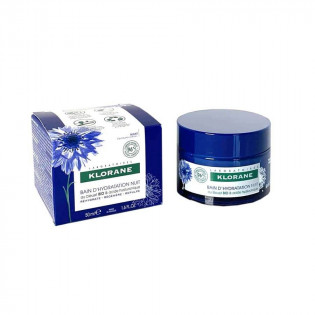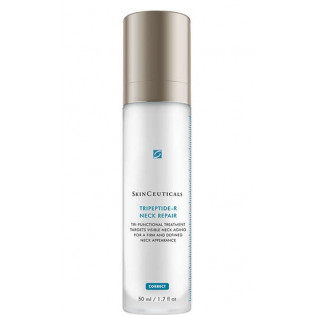Ear hygiene
SOME DEFINITIONS
 Ear. Earwax is the secretion product of the sebaceous glands and apocrine glands located in the cartilaginous part of the external auditory canal. Also called ear wax, it is composed of squalene, keratinocytes, cerin, cholesterol, fatty acids.
Ear. Earwax is the secretion product of the sebaceous glands and apocrine glands located in the cartilaginous part of the external auditory canal. Also called ear wax, it is composed of squalene, keratinocytes, cerin, cholesterol, fatty acids.
It has several functions: it eliminates the scales from the auditory canal and lubricates the horny layer of the external auditory canal, thus preventing it from drying out and causing irritation.
In addition, the film it forms provides a barrier effect against foreign agents, whether infectious or not. It also has an antibacterial effect by maintaining an acidic environment.
Under normal conditions, the renewal of the skin in the ear canal and the movements of the jaw allow the expulsion of earwax from the inside to the outside. Only the visible part of the ear then needs to be cleaned.
When earwax accumulates without being expelled, a blockage is created, which can cause various symptoms: a unilateral hearing loss (causing difficulties at school in children for example), a sensation of blocked ear, buzzing and dizziness, an increased risk of ear infection, whistling in the case of hearing aids.
I HAVE A NEW EARWAX BLOCKAGE, WHY?
The causes of earwax blockage can be numerous: unsuitable hygiene methods (especially the use of cotton swabs), a narrow ear canal (especially in children), the use of hearing aids or ear plugs, an enlargement of the ceruminous glands, excessive production of earwax, practices such as diving or regular contact with dust (which thicken the earwax blockage).
No cotton swabs. Cotton swabs, instead of removing earwax, pack it into the ear canal, causing it to harden. They can also injure the eardrum. It is therefore better to use cleaning solutions, but be careful not to use them in excess, as this can have the opposite effect to that intended. One should not lose sight of the fact that cerumen has a protective role. These solutions should be used twice a week on average.
In case of aquatic activity. For diving enthusiasts, particular vigilance is required: the effect of pressure can concentrate secretions towards the bottom of the external auditory canal, leading to the formation of cerumen plugs. Drying the ear after each contact with water is important, not only after diving but also after bathing and showering. And for those who already have an ear plug, avoid exposing it to sea water as it can swell.
Earplugs. For regular "consumers" of earplugs (swimmers, people who have difficulty sleeping or who work in noisy environments...), it is even more important to follow the advice on ear hygiene and to use a cleaning solution. Indeed, earplugs, in addition to irritating the ear canal, can push earwax to the bottom of the canal and cause a blockage.
Hearing aid wearers. Hearing aid wearers tend to produce more wax than others. In addition, with the pressure exerted on the ear canal, earwax accumulates in the ear canal and can harden into a wax blockage.
How to remove the blockage. First of all, the blockage must be softened with a cerumenolytic which is instilled in an ear bath for a few minutes, while keeping the head bent. To avoid an unpleasant contact of the cold solution in the ear, it is advised to warm the bottle or the dosette in the palm of the hand. The plug should then be removed with lukewarm water or saline solution. Tapered pears can facilitate the operation: direct the jet upwards and not towards the eardrum.
If the plug is hard, it may be necessary to repeat the procedure two or three times a day for three days and have it removed by a doctor.
Subsequent use of an ear hygiene solution will help prevent wax build-up.
 Français
Français English
English

